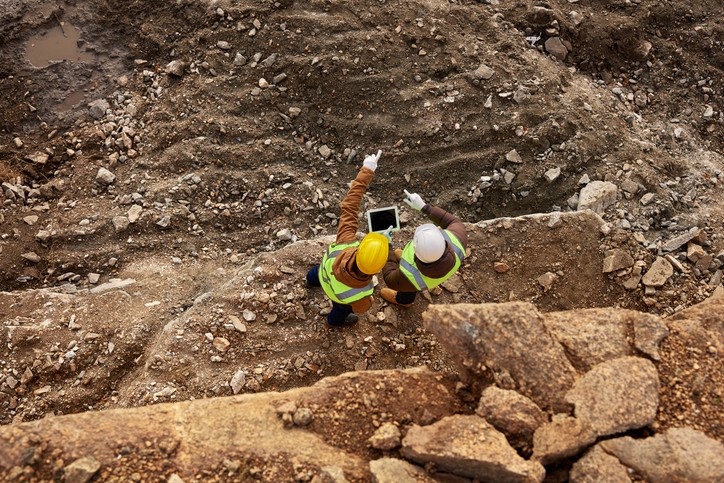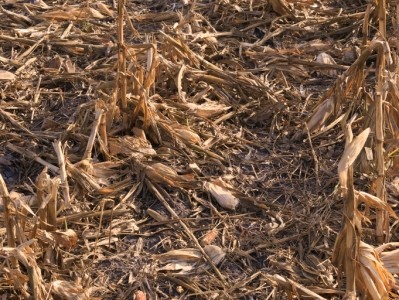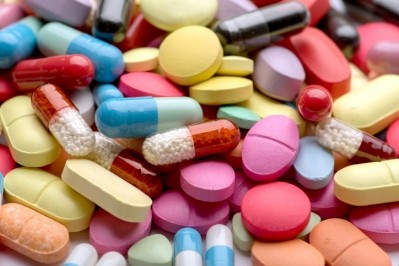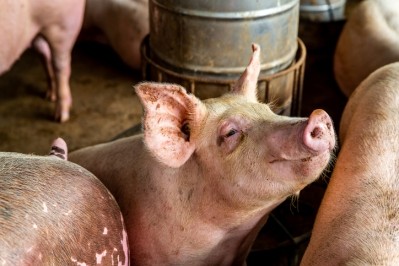Oklahoma State University invests $7.1m in animal feed, health research center

The land-grant university started work on the site earlier this summer and it is intended to support the university’s focus on animal agriculture and animal well being, according to project information. The facility is geared toward animal research including production efficiency and sustainability, livestock nutrition, growth, genetics, reproduction and well-being along with climate variation work.
The new animal nutrition and physiology center was designed to update and replace several aging facilities currently being used, said Randy Raper, assistant director of the Oklahoma Agricultural Experiment Station, Oklahoma State University.
The project is expected to cost about $7.1m and provide 23,000 square feet dedicated to animal housing for research purposes.
The new facility is also intended to give researchers the chance to work with animals all year regardless of weather, he said.
“Our facilities had fallen into a state of disrepair,” he told FeedNavigator.
An assessment was done on the older buildings including the animal nutrition and physiology barn, the poultry research facility and the aquaculture facility, he said. Buildings were rated as “excellent, in need of major repair, in need of minor repair [and] end of life.”
“The large animal [facility], greenhouse and poultry [building] – we identified those as past end of life,” he said. “It’s cheaper to build a new building – particularly when you’re dealing with animals.”
The center will be situated in close proximity to the current animal nutrition and physiology building and was designed to incorporate previously separate research facilities, said Raper. Construction is expected to take about a year with occupancy starting in the autumn 2020.
The facility is intended to be used by faculty to develop “new knowledge” related to improving animal feed and providing a better production environment, he said.
The new research center is also intended to support research into best management practices, which also have the potential to improve profitability for animal production industries, said Tom Coon, university vice president and head of the division of agricultural science and natural resources.
Facility highlights
The center is set to include individual stanchions and group pens capable of housing animals of different sizes, climate-controlled rooms, surgery facilities able to accommodate cattle, swine and sheep, metabolism stalls that collect waste and emissions along with wet and dry laboratory spaces, according to project information.
“Feed and nutrition, this is one of the biggest uses of the facility,” said Raper. “It will give faculty a place where they can do [nutrition] research under tight control.”
The new building is set to have a small office space and on-site facility manager along with conference rooms, said Raper.
The facility also will have an area dedicated to research with cattle, one that can be used with hogs or poultry and another focused on aquaculture research.
“It is a lot of big tanks – 500 gallons to 1,000-gallon tanks that will be placed in there,” he said of the aqua research area. “We’ll be mimicking habitats that the fish will be experiencing.”
The site will also have a biosafety level 2 facility to allow for research into select animal diseases, he said. “That work is already being done in some of the animal facilities that the university has,” he added.
“It will allow us to continue the work and perhaps give us more control,” he said of the new bio-secure lab space. “This will be dedicated to this kind of research, now we have to request that ability in a multi-use space and there are a number of other entities that have access to that facility – we have to wait in line [and] this will allow us to be a lot more focused without our own division.”
Work in the biosafety isolation area is expected to include ongoing research into the development of antibiotic-free practices that can be used with livestock and humans, the university said.
“Antibiotics have been the cornerstone of therapy for bacterial infectious diseases in humans and animals, but there has been increased public awareness about the need to develop antibiotic-free strategies in recent years,” said Glen Zhang professor of molecular immunology at the university and the Boulware Endowed Chair. “The center will enhance our capabilities to conduct these very important scientific studies.”















